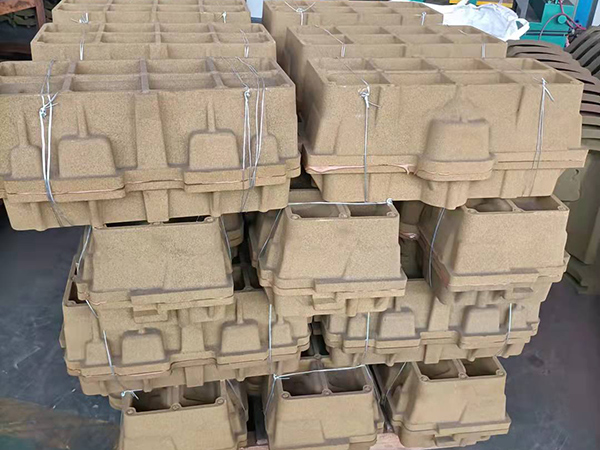Materials Used in Sand Casting
Sand casting is a traditional and widely used manufacturing process for producing metal parts. It involves creating a mold from sand, pouring molten metal into the mold, and allowing it to cool and solidify. The materials used in sand casting play a crucial role in determining the quality, strength, and finish of the final product. This article will outline the primary materials utilized in sand casting, providing insight into their properties and importance in the casting process.
1. Sand
The most fundamental material in sand casting is, of course, sand. The sand used must have specific characteristics to be effective as a mold material. Generally, silica sand is the primary choice due to its high melting point and availability. However, not all silica sand is suitable for casting; the sand must be washed to remove impurities and have the right grain size to ensure good mold strength and permeability.
In some cases, other types of sand, such as chromite sand or zircon sand, may be used, especially for high-temperature applications. These alternative sands offer enhanced properties in specific scenarios, such as improved thermal stability or lower reactivity with certain metals.
2. Binders
To hold the sand grains together, binders are needed. The most common binder used in sand casting is clay, particularly bentonite clay. This material enhances the adhesion between sand grains and improves the mold’s strength and durability. Clay also helps retain moisture in the mold, which is crucial for controlling the quality of the surface finish.
In addition to clay, chemical binders like phenolic resins are also employed in modern sand casting processes. These binders create a stronger mold while allowing for more complex geometries. The choice of binder often depends on the specific type of sand casting being performed, as well as the required properties of the finished part.
3
. Additiveswhat materials are used in sand casting

Various additives are used to improve the performance of the mold and the quality of the casting. These can include
- Coal Dust This is often mixed with sand to enhance the surface finish of the casting. It helps to reduce the formation of metal penetration in molds. - Water Moisture is essential as it helps to activate the binders and make the sand more cohesive. The right balance of water is necessary to create a mold that is neither too dry nor too wet. - Organic Additives These materials can improve the mold’s strength or reduce the likelihood of defects. Examples include oils and waxes used to enhance mold release properties.
4. Molten Metal
The choice of molten metal is critical in sand casting. Common metals used include aluminum, iron, bronze, and brass. The selection depends on the desired properties of the finished product, such as weight, strength, corrosion resistance, and thermal conductivity. For instance, aluminum is favored for its lightweight and excellent machinability, while cast iron is preferred for its durability and wear resistance.
5. Coatings
To further enhance the casting process and improve the surface finish, mold and core coatings can be applied. These coatings help to minimize metal penetration and improve the overall quality of the casting by enabling better thermal stability. Coatings can range from simple solutions like graphite to more complex ceramic materials.
Conclusion
In summary, the materials used in sand casting—sand, binders, additives, molten metals, and coatings—are fundamental to achieving high-quality castings. Each material plays a specific role in the overall process, and understanding their properties and functions is essential for successful sand casting operations. As technology advances, the development of new materials and methods continues to enhance the effectiveness and efficiency of sand casting, cementing its position as a vital manufacturing process in various industries.
Post time:ديسمبر . 29, 2024 20:43
Next:Key Elements Involved in the Sand Casting Process for Metal Production
